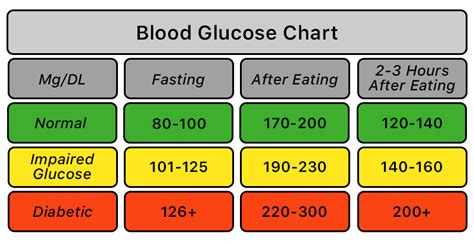Understanding the intricacies of the electrocardiogram (EKG or ECG) is crucial for both medical professionals and individuals seeking to grasp the fundamentals of heart health. An EKG test is a non-invasive procedure that records the electrical activity of the heart, offering valuable insights into its functioning. Here are 12 key facts about EKG tests that can help demystify this essential diagnostic tool:
What is an EKG?
- An EKG is a test that measures the electrical activity of the heart to show whether or not it is working normally. It’s a crucial diagnostic tool used to identify various heart conditions.
How Does an EKG Work?
- The test works by using electrodes placed on the skin to detect the electrical signals produced by the heart. These signals are then recorded and displayed on a graph, allowing healthcare providers to analyze the heart’s rhythm and identify any irregularities.
Preparation for an EKG
- Preparation for an EKG test is relatively straightforward. Patients are usually asked to avoid oily skin lotions or creams the day of the test, as they can interfere with the electrodes. Removing jewelry and clothing from the upper body may also be required to ensure good electrode contact.
The Procedure
- The EKG procedure itself is quick and painless. Electrodes are attached to the chest and sometimes the arms and legs. The test can be performed at rest or during exercise (stress test), depending on the purpose of the EKG. Results are available immediately after the test.
Understanding EKG Readings
- An EKG reading consists of several components, including the P wave (atrial depolarization), the QRS complex (ventricular depolarization), the T wave (ventricular repolarization), and sometimes a U wave. Abnormalities in these patterns can indicate various conditions, such as arrhythmias, ischemia, or ventricular hypertrophy.
Uses of EKG
- EKGs are used for a wide range of purposes, including checking the heart’s rhythm, monitoring the effects of certain medications, determining the cause of symptoms such as chest pain or shortness of breath, and screening for heart conditions before surgery.
Types of EKG Tests
- There are several types of EKG tests, including the standard resting EKG, exercise or stress EKG, ambulatory EKG (Holter or event monitor), and intracardiac EKG (electrophysiology study). Each type serves a different diagnostic purpose.
Interpreting Results
- Interpreting EKG results requires specialized knowledge. Healthcare professionals look for patterns that may indicate conditions such as atrial fibrillation, Wolff-Parkinson-White syndrome, or signs of a previous heart attack. The interpretation of an EKG should always be performed by a trained healthcare provider.
Limitations of EKGs
- While EKGs are invaluable diagnostic tools, they are not perfect. They may not always detect heart disease or other conditions. Some heart problems may not be evident on an EKG, especially if the condition is intermittent.
Cost and Accessibility
- The cost of an EKG test can vary widely depending on the location, healthcare provider, and whether the test is covered by insurance. In many cases, especially for patients with a clear medical necessity, the test is covered by health insurance plans.
Risks Associated with EKG
- The risks associated with an EKG test are minimal. The test is non-invasive and does not use radiation. Some patients may experience minor skin irritation from the electrodes, but this typically resolves on its own.
Follow-Up Care
- Depending on the results of the EKG, follow-up care may involve additional testing, lifestyle changes, medication, or in some cases, surgical interventions. It’s essential for patients to discuss their results thoroughly with their healthcare provider to understand the implications and the next steps in their care.
In conclusion, understanding the basics of an EKG test and its applications can empower individuals to take a more active role in their heart health. By grasping the fundamentals of how EKGs work, their uses, and their limitations, individuals can better navigate the process of diagnosing and managing heart conditions, ultimately contributing to improved health outcomes.
What is the primary purpose of an EKG test?
+The primary purpose of an EKG test is to measure the electrical activity of the heart, helping to diagnose and monitor conditions affecting the heart’s rhythm and structure.
How long does an EKG test typically take?
+An EKG test at rest usually takes about 5 to 10 minutes. However, if the test is part of a larger examination or if it’s a stress test, it may take longer.
Can an EKG detect all heart problems?
+No, an EKG cannot detect all heart problems. Some conditions may only be evident during certain activities or at specific times, and an EKG might not capture these intermittent issues.
Is an EKG test painful?
+No, an EKG test is not painful. The electrodes may cause some minor discomfort when they are removed, especially if you have a lot of hair in the areas where they are placed.
Can I get an EKG at any age?
+Yes, EKGs can be performed at any age, from newborns to the elderly, depending on the medical need. The procedure and interpretation might vary slightly based on age and the condition being evaluated.


